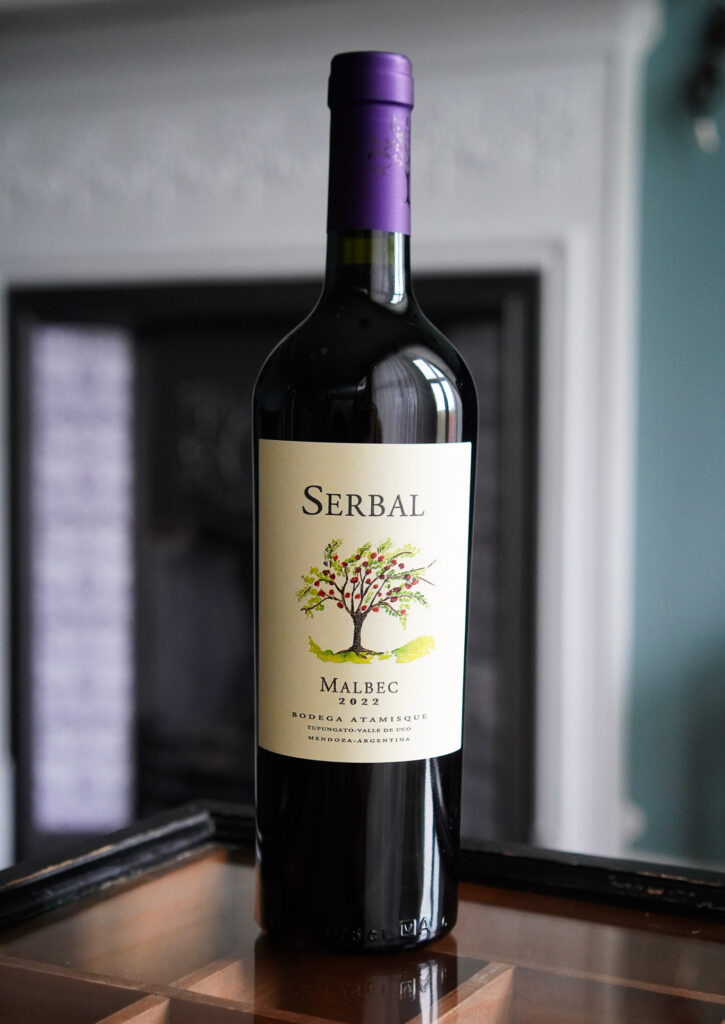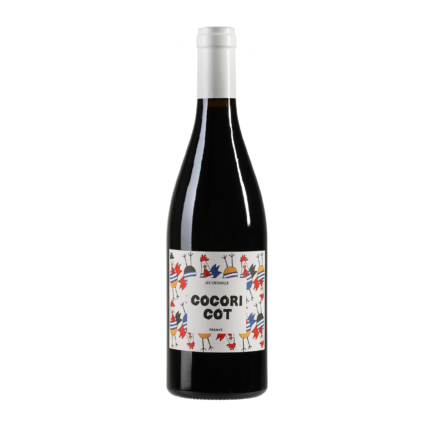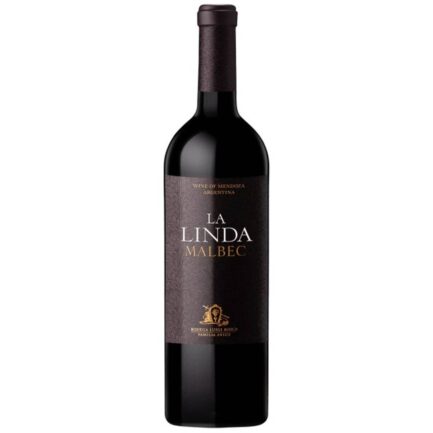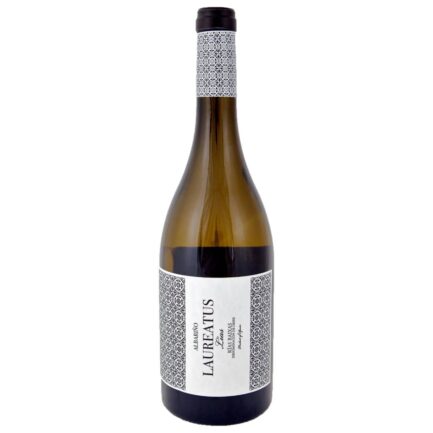Malbec is often associated with Argentina, but its origins trace back to Southwest France in Cahors, where it is locally known as Cot. It even played a supporting role in Bordeaux wines, though it’s not widely planted there today.
It can be argued though that Argentina was the saviour of Malbec, taking it from relative obscurity to one of the most globally popular red varietals, loved for making dark berry scented wines, the best examples carrying a fragrant lift and notable freshness.
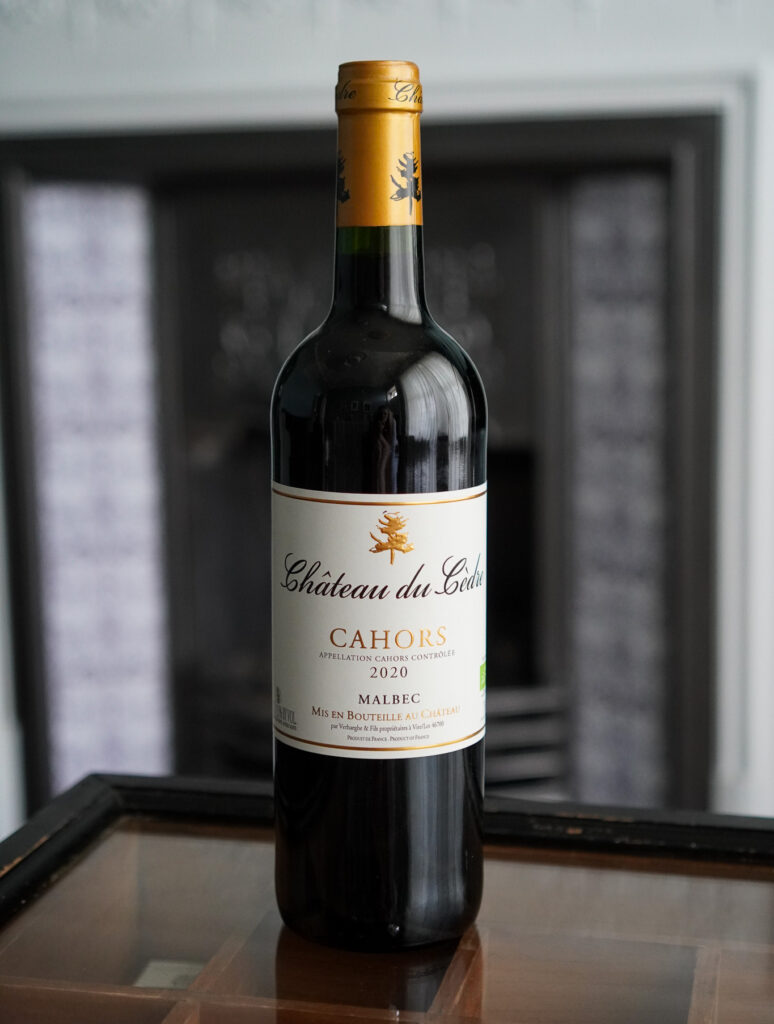
About the wines
Malbec typically produces dark fruited wines, which can have hints of gamey character and notes of violet. The wines it produces can range from soft and fruity, easy drinking wines to structured, sophisticated, age worthy, complex ones. Argentine Malbecs often showcase riper fruit character and velvety tannins, while their French counterparts tend to be more tannic, rustic, and mineral.
Malbec wines are typically dry, full-bodied, with medium to high tannins and moderate acidity. The best Malbecs have a purity of fruit character, requiring careful management of new oak.
Malbec thrives in sunny climates producing thick skinned grapes with high colour concentration. The high altitudes of Argentina’s best Malbec vineyards help retain its acidity.
Notable regions
Within Argentina, vineyards in Lujan de Cuyo in the upper Mendoza Valley produce some of the very best wines at altitudes of 800 and 1100m. There are also fine examples even further north in Salta. In France, the most famous region remains Cahors, although you can also find examples in Bordeaux and several Loire Valley appellations. Chile is a minor Malbec grower, mostly in Colchagua and there is a growing presence in California, Australia, New Zealand and South Africa.
Try with
Malbec is famously paired with steak, and for good reason, the steak’s protein softens the wine while the ripeness of the fruit brings a plushness to the dish. Cot from Cahors pairs excellently with cassoulet and spicy Toulouse sausages.
